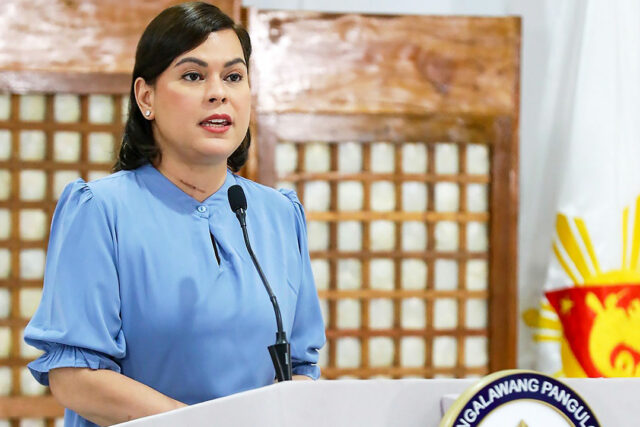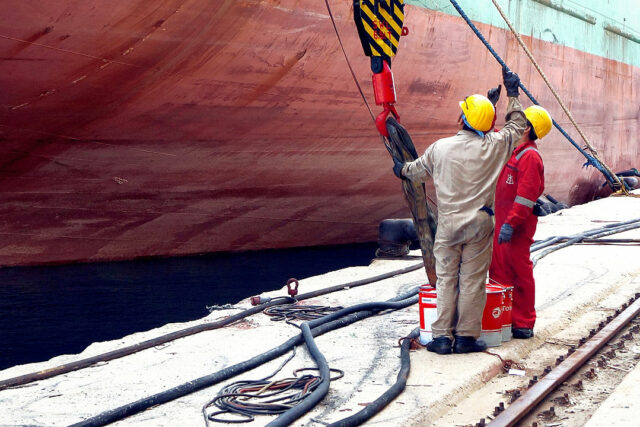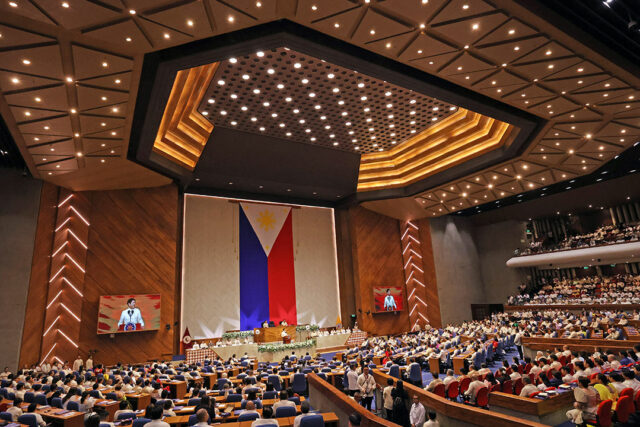Senator-judges urged to stay impartial during Sara’s trial
A NEWLY elected senator on Sunday called on fellow members of the Senate to uphold impartiality as senator-judges in the upcoming impeachment trial of Vice-President Sara Duterte-Carpio.
“A gentle caution to senator-judges of the impeachment court — we should leave the filing of all motions and pleadings to the prosecution and defense teams,” Senator Panfilo “Ping” M. Lacson said in a statement.
He said the sole responsibility of senator-judges is to listen to the arguments presented by both sides before rendering a decision.
“Senator-judges should behave and speak like judges — be impartial, speak only to clarify statements from the prosecution and defense, and not express personal opinions on the case since the public will observe their demeanor during the trial,” he added.
The Senate is expected to reconvene as an impeachment court on July 29, a day after the official start of the 20th Congress. A new roster of senator-judges will be sworn in on the same day.
The call for neutrality comes after Senator Ronald “Bato” M. Dela Rosa, a known Duterte ally, said he intends to raise a motion questioning whether the Senate of the 20th Congress is bound by actions taken during the 19th Congress.
Last week, he said the first motion he would raise is to determine whether or not the Senate of the 20th Congress is willing to be bound by the actions of the previous Senate.
Last month, Mr. Dela Rosa also moved to dismiss the impeachment case, but the charges were returned to the House of Representatives to certify compliance with constitutional requirements before being resubmitted to the Senate.
Mr. Lacson reiterated that only the defense panel — not a senator-judge — should file such motions.
On June 30, Vice-President Duterte’s legal team asked the Senate to drop the complaint on grounds that it violates the constitutional ban on multiple impeachment proceedings.
Ms. Duterte, who is widely seen as a potential presidential contender in 2028, faces accusations of secret fund misuse, unexplained wealth, destabilization and plotting the assassination of President Ferdinand R. Marcos, Jr., his family, and the Speaker. She has denied all allegations.
The impeachment complaint was filed in February with the backing of more than 200 lawmakers — exceeding the one-third threshold required to transmit the charges to the Senate. — Adrian H. Halili











